When buying a car, most people tend to focus on performance, fuel efficiency, brand reputation, or even aesthetic appeal. Yet, one crucial aspect that often gets overlooked is thermal reliability: how well a vehicle manages engine heat over extended periods of use.
The ability of a car to stay cool—or, conversely, its tendency to overheat—can make or break its long-term dependability. Overheating isn’t just an inconvenience; it’s a red flag for deeper mechanical issues and a precursor to potentially expensive repairs like blown head gaskets, warped cylinder heads, or complete engine failure.
On the flip side, cars that effectively manage engine heat often remain mechanically sound for years and rack up hundreds of thousands of miles with minimal drama.
Cooling system components—radiators, thermostats, fans, water pumps, hoses, and coolant itself—are all wear items. Over time, these parts degrade, but the best cars are engineered in a way that compensates for this inevitable aging.
Whether it’s through superior airflow design, better quality components, or more efficient engine layouts, some vehicles simply hold up better against the thermal strains of long-term driving.
This article explores ten cars—five known for keeping their cool over ten years and five infamous for their overheating tendencies. These observations are based on general automotive knowledge, owner experiences, and mechanical design patterns recognized by mechanics and enthusiasts over the years.
While maintenance always plays a role, some cars start with the odds stacked in their favor (or against them). If you’re planning to buy a used car or just want to see how your ride ranks, this list will help you understand what makes some vehicles thermal champions—and what makes others a gamble under pressure.
Let’s dive into the cool performers first—those vehicles that prove year after year that they can stay cool under pressure.
Also Read:5 Cars That Can Handle Stop-and-Go Traffic and 5 That Overheat
5 Cars That Stay Cool Over 10 Years

1. Toyota Camry (2007–2017)
The Toyota Camry has a long-standing reputation for bulletproof reliability, and a significant part of that is due to its well-designed cooling system. The 2.4L 4-cylinder and later 2.5L engines are engineered with wide cooling passages and thermostats that rarely fail prematurely.
Toyota also tends to use high-quality radiator fans and sensors that keep coolant flow well-regulated, even under high loads or in extreme heat. These components work together seamlessly to prevent common issues like coolant leaks or overheating that plague other vehicles in the same class.
Another reason the Camry performs so well thermally is the way it’s driven. Most Camry owners don’t abuse their cars; they maintain them moderately and use them primarily for commuting.
The predictable, moderate usage aligns well with the Camry’s design, minimizing thermal stress and extending the life of the cooling system. Furthermore, Toyota doesn’t overengineer the Camry with turbochargers or complex valve systems that add thermal complexity—just straightforward, dependable parts that get the job done.
In real-world use, Camrys routinely last well over 200,000 miles with minimal cooling system intervention beyond routine maintenance.
The fans kick in exactly when they’re supposed to, the radiator holds up to years of wear, and the water pump—often replaced during timing belt or chain service—usually lasts over 100,000 miles without issue. When paired with Toyota’s simple but effective dashboard warnings, overheating is a rare concern.
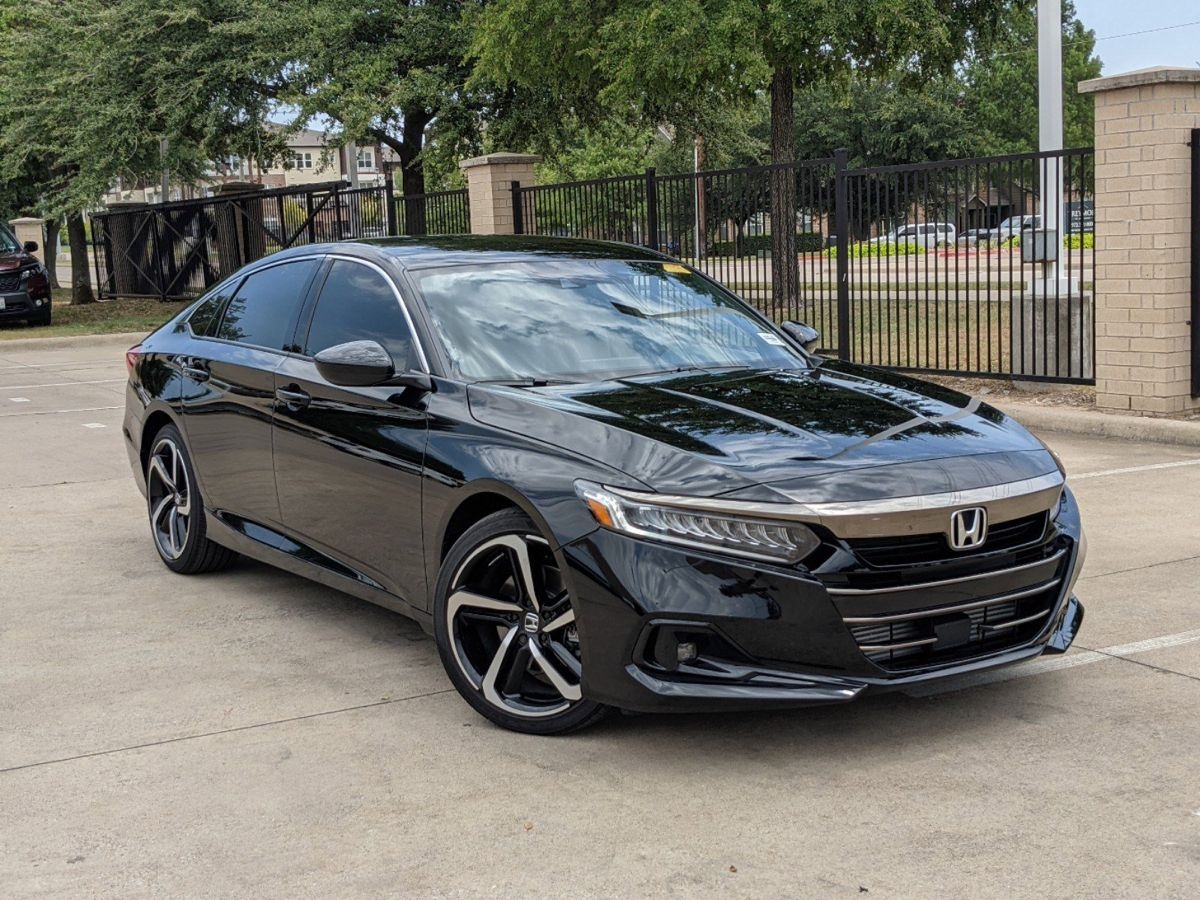
2. Honda Accord (2008–2017)
The Honda Accord, like its rival, the Camry, is a poster child for long-term reliability, including its ability to manage engine heat efficiently. The 2.4L inline-4 engine, particularly in the 2008–2012 models, is a marvel of both performance and thermal consistency.
Honda engineers took special care to design a cooling system that facilitates rapid heat dissipation without relying on high-maintenance components. The dual-core radiator, a reliable thermostat, and a well-calibrated fan control system contribute to the Accord’s excellent thermal management.
A unique strength of the Accord is how well its aluminum engine blocks hold up under repeated heating and cooling cycles. Unlike some cheaper designs that warp or crack with age, Honda’s engine blocks remain dimensionally stable over time, helping the gasket surfaces stay sealed and the coolant contained.
This is critical because many overheating issues stem not from a failed radiator but from internal engine problems caused by heat stress.
Furthermore, Accords are generally easy to work on, making regular cooling system maintenance, like flushing the coolant or replacing a thermostat, a straightforward task for DIYers or mechanics.
This means these cars are more likely to be properly maintained, extending the system’s life even further. Ten years on, many Accord owners are still driving without ever having seen a temperature warning light.
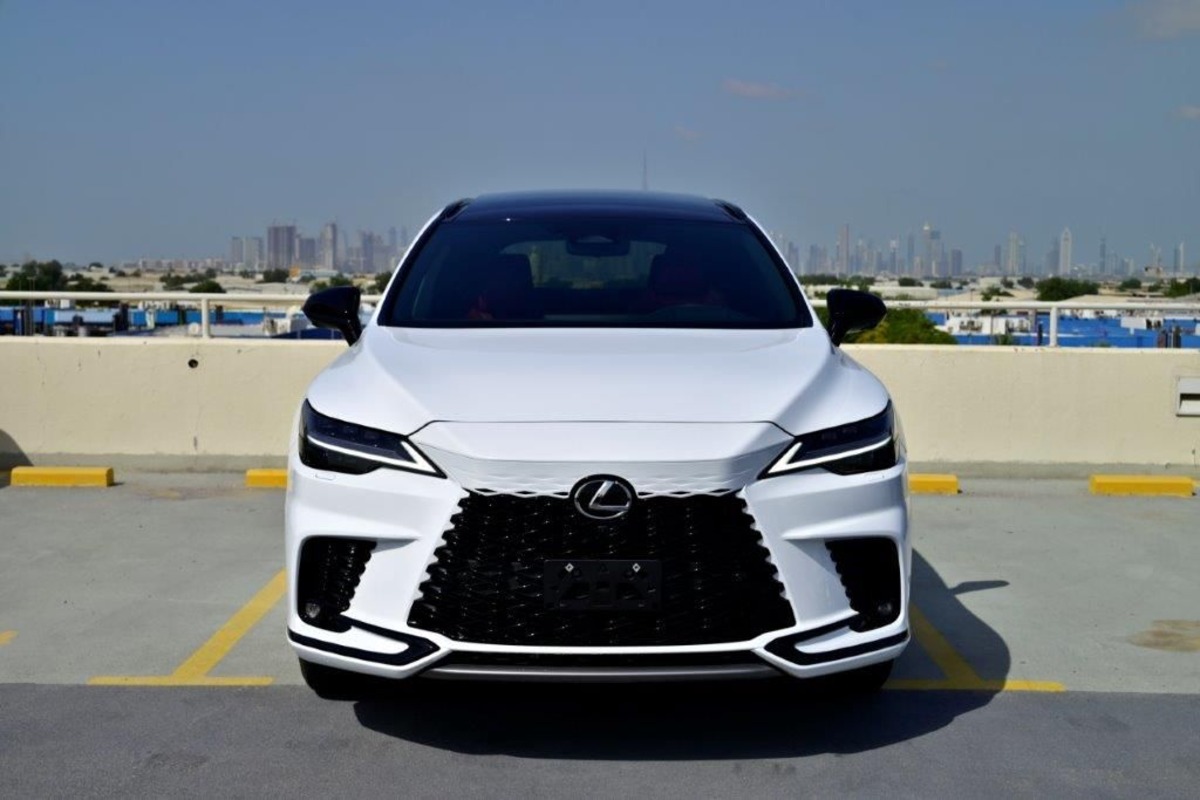
3. Lexus RX (2010–2020)
Lexus, Toyota’s luxury arm, brings a level of refinement and precision engineering that elevates thermal reliability even further. The RX series, especially the RX 350 and RX 450h, are remarkably consistent in staying cool even with long-term use.
These vehicles benefit from premium materials and meticulous assembly standards. The RX models also have larger cooling capacities and upgraded fans and sensors that respond more quickly to thermal changes.
In hybrid variants like the RX 450h, you get a dual-cooling system—one for the engine and one for the battery and inverter system. Despite this complexity, Lexus manages to keep both systems functioning flawlessly over time.
The system intelligently balances the load between the internal combustion engine and the electric motor, reducing strain on either system and maintaining lower operating temperatures as a result.
Even under heavy urban or long-distance driving, the RX models rarely show signs of overheating. This reliability is part of why used RX vehicles often retain high resale values. Owners can drive confidently knowing their vehicle was engineered not just for comfort but also long-term mechanical health, including its ability to manage heat like a pro.
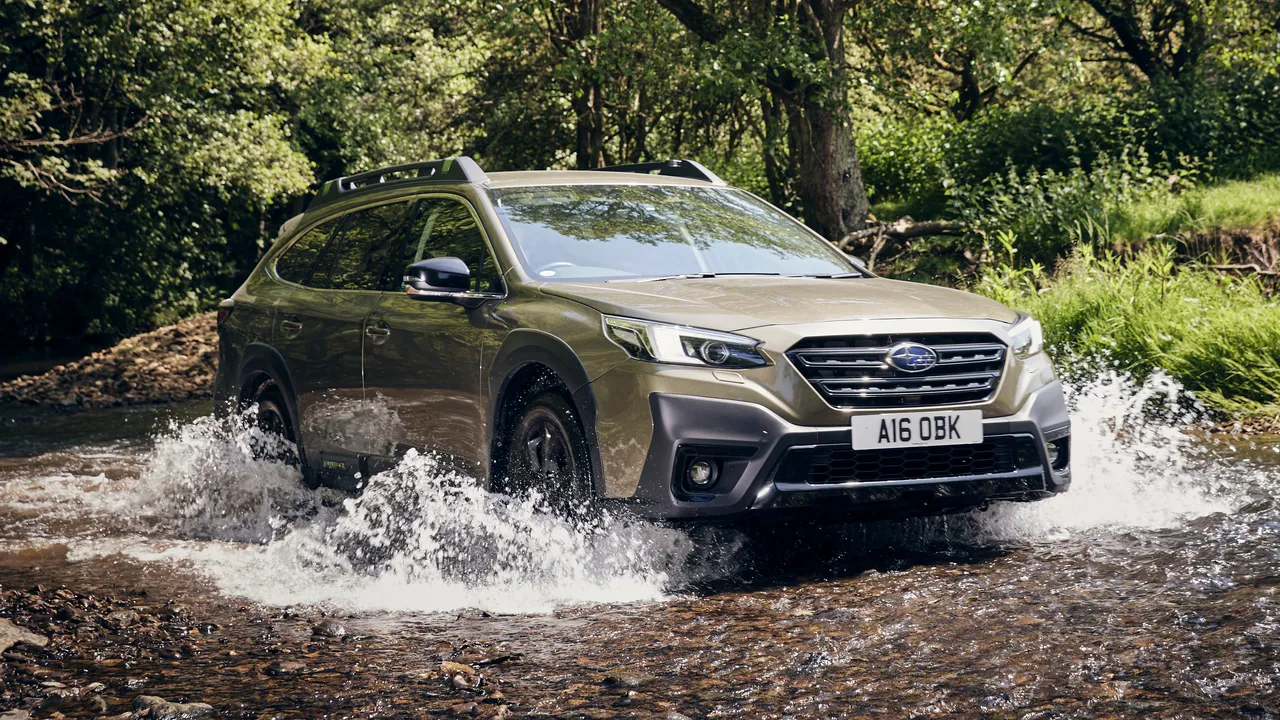
4. Subaru Outback (2012–2022)
Subaru has had a mixed reputation with head gaskets, especially in older models, but starting with the 2012 redesign, the Outback turned a corner in cooling system design.
Subaru addressed previous issues by improving gasket materials, optimizing coolant flow in their horizontally opposed engines, and adding better monitoring systems. The FB-series engines, which replaced the problematic EJ-series, have proven far more thermally stable over time.
The boxer engine layout gives the Subaru Outback a unique thermal advantage: heat dissipates more evenly across the engine bay.
This balanced temperature profile helps prevent hotspots that typically lead to gasket failures or warping in inline or V-type engines. Subaru also equipped newer Outbacks with a high-capacity radiator and stronger water pumps that hold up over 100,000 miles with little trouble.
Owners who keep up with routine maintenance, especially coolant flushes and replacing hoses, can enjoy a decade or more of worry-free operation. The Outback’s real-world performance in harsh climates—from the icy Northeast to the desert Southwest—speaks volumes about its upgraded thermal reliability.

5. Ford F-150 (2011–2021)
The Ford F-150, America’s best-selling vehicle for decades, isn’t just about rugged power—it’s also surprisingly good at thermal management.
Especially in models with the naturally aspirated 5.0L Coyote V8 or the reliable 3.5L EcoBoost V6, Ford implemented robust cooling systems to accommodate heavy towing and long highway miles.
These systems include high-flow radiators, dual electric fans, and smart ECU programming that preempts overheating by ramping up cooling under load.
One reason the F-150 stays cool is that it’s designed for hard use. Whether you’re hauling a trailer through the Rockies or sitting in stop-and-go traffic during summer, the F-150’s cooling system is built to endure.
The heavy-duty versions come with even larger radiators and dedicated transmission coolers to handle thermal stress without breaking a sweat.
While earlier EcoBoost engines had some issues with carbon buildup, Ford addressed many of these concerns by the 2015 model year. Combined with its robust design, proper care, and regular coolant maintenance make overheating in the F-150 a rare occurrence, even a decade down the line.
5 Cars That Overheat Over 10 Years
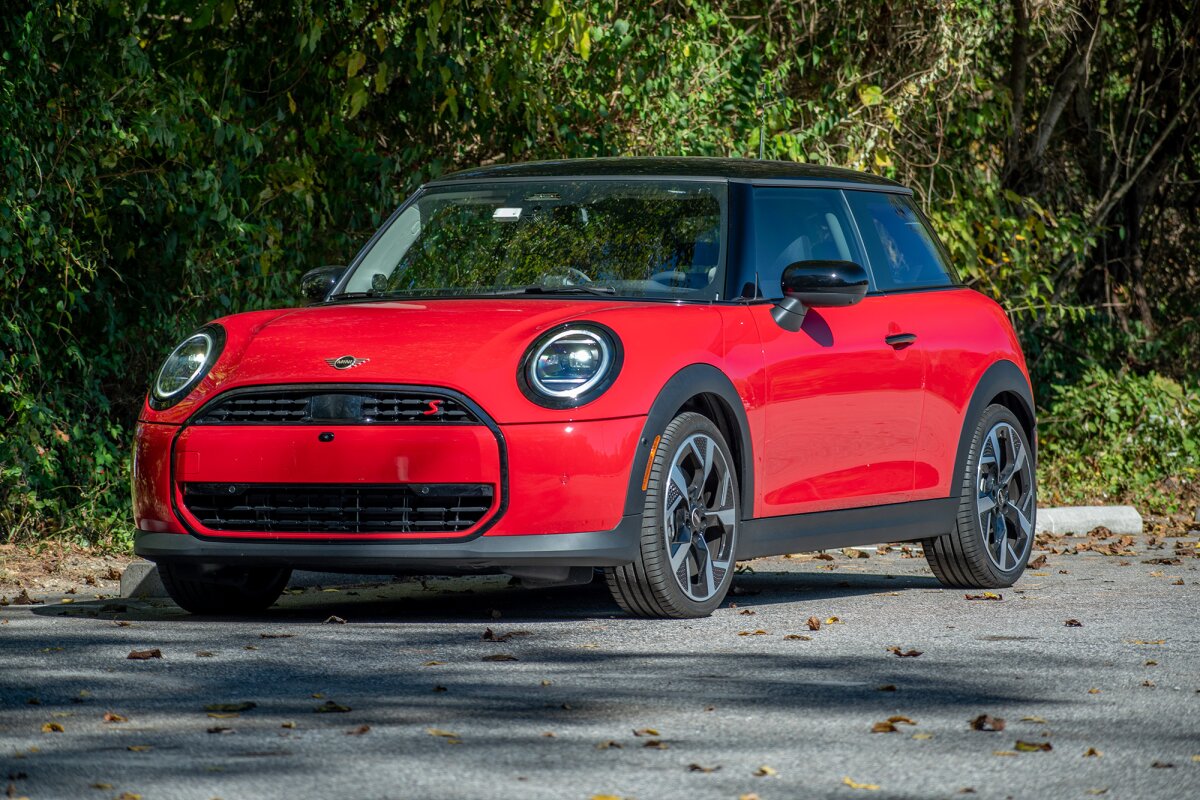
1. Mini Cooper (2007–2015)
The Mini Cooper, while undeniably fun to drive and stylish, has a notorious reputation for overheating, particularly the second-generation models produced between 2007 and 2015.
These vehicles are equipped with complex turbocharged engines that generate a lot of heat in a very tight engine bay, making proper cooling more difficult. The electric water pumps used in many of these models are known to fail prematurely, often without warning, leading to rapid overheating.
Another Achilles’ heel of the Mini’s cooling system is the thermostat housing, which tends to crack and leak with age. This plastic part is under constant thermal stress and isn’t designed to last beyond the first 70,000 miles without issues.
Combined with underwhelming radiator capacity and cooling fans that sometimes fail to activate correctly, Minis are a ticking thermal time bomb if not obsessively maintained. Overheating in these vehicles is more than just an inconvenience—it’s a prelude to expensive repairs.
Head gasket failures, warped cylinder heads, and even full engine replacements are not uncommon in long-term Mini ownership. While they can be great cars in their early years, their long-term thermal reliability is a serious drawback.

2. BMW 3 Series (2006–2013)
BMW is known for performance, but many of their engines, particularly the N52 and N54 found in the 3 Series of this era, are infamous for cooling system issues. These engines run hot by design, which isn’t inherently bad, but they rely on fragile components to manage that heat.
Plastic radiator necks, weak expansion tanks, and electric water pumps that fail unexpectedly contribute to a recipe for overheating.
The N54 turbocharged engine, in particular, is thermally demanding. It produces high heat loads due to forced induction and can strain the cooling system over time.
Many owners report having to replace cooling components like the water pump and thermostat before hitting the 100,000-mile mark. Failure to do so often results in overheating episodes that damage the engine permanently.
Despite BMW’s premium badge, the longevity of their cooling systems is questionable unless the owner is meticulous about maintenance. It’s not uncommon for a well-used 3 Series to become a money pit simply due to repeated overheating-related issues.
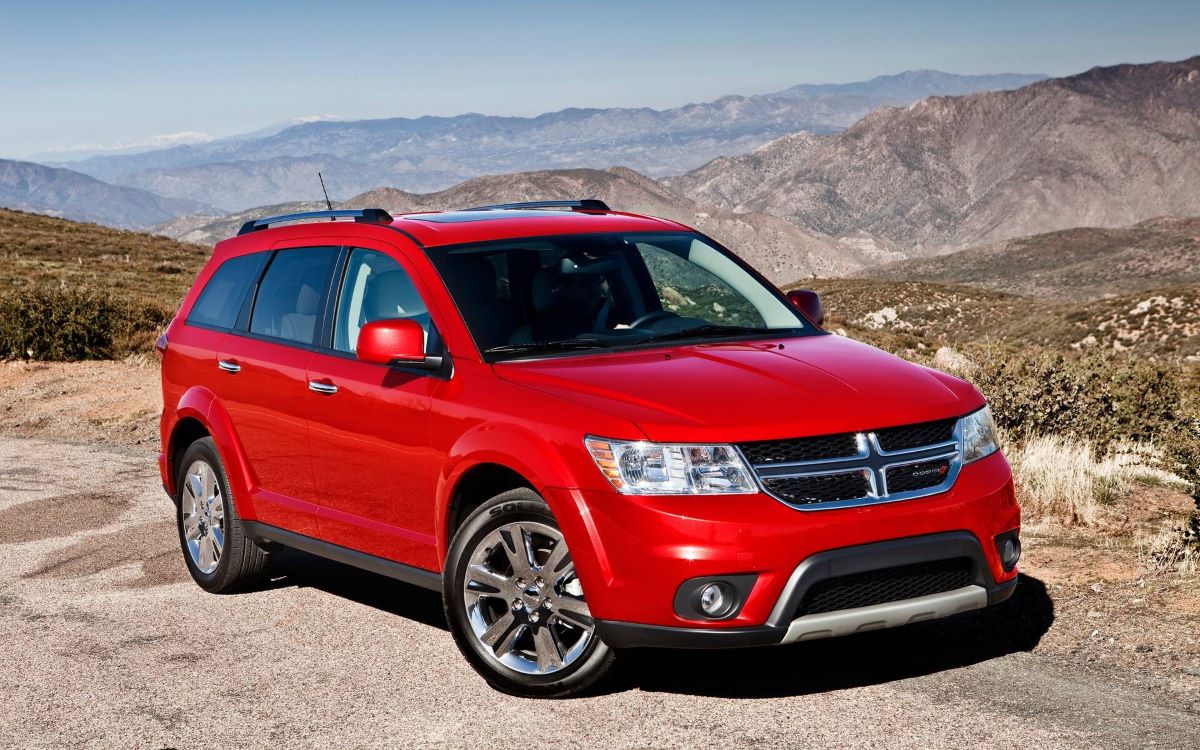
3. Dodge Journey (2009–2018)
The Dodge Journey suffers from a combination of cost-cutting and poor thermal engineering. Base models with the 2.4L four-cylinder engine are especially prone to overheating.
The cramped engine bay allows very little room for air circulation, and the cooling fan assembly in particular is known to fail prematurely. Dodge also opted for low-grade radiator materials and a thermostat that tends to stick shut after a few years.
A recurring issue in the Journey is the difficulty in bleeding air out of the cooling system during maintenance. Air pockets can form and cause overheating, especially after a coolant flush or hose replacement. This design flaw can turn a routine maintenance job into a long-term reliability problem.
Even well-maintained Journeys show signs of thermal degradation by the 8- to 10-year mark. Cracked radiator hoses, worn water pumps, and overheating warnings become more common, especially in warmer climates or under towing loads. These issues make the Journey a risky long-term ownership proposition.
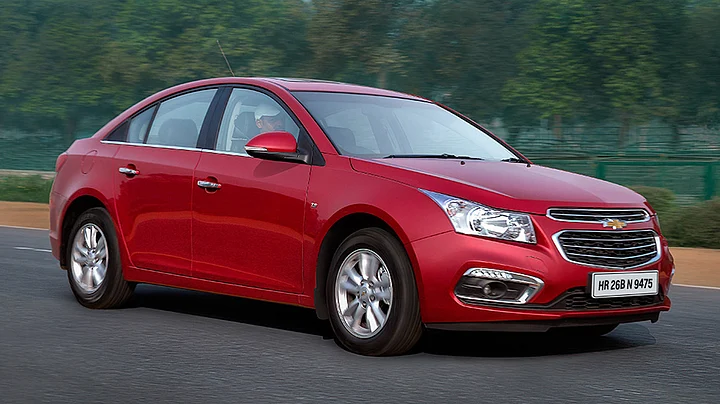
4. Chevrolet Cruze (2011–2016)
Chevrolet’s Cruze was marketed as an affordable, fuel-efficient compact sedan, but it has a troubling reputation for overheating, especially in the earlier model years.
The 1.4L turbo engine, which was intended to combine power with efficiency, often creates more heat than its modest cooling system can manage. Weak water pumps, leaky thermostat housings, and poorly routed coolant lines all contribute to thermal instability.
One major problem with the Cruze is the build quality of its plastic cooling system components. These parts tend to degrade quickly and are prone to cracking and leaking. Additionally, the Cruze has a tendency to trigger the check engine light for overheating issues well before any real damage occurs, but if ignored or misdiagnosed, the situation can escalate rapidly.
The result is that many Cruze owners face repeated visits to the mechanic for overheating-related issues. Without proactive and often expensive intervention, the Cruze can become a problematic car to own beyond 100,000 miles. It’s a car that may seem like a bargain up front, but can end up costing much more in the long run.
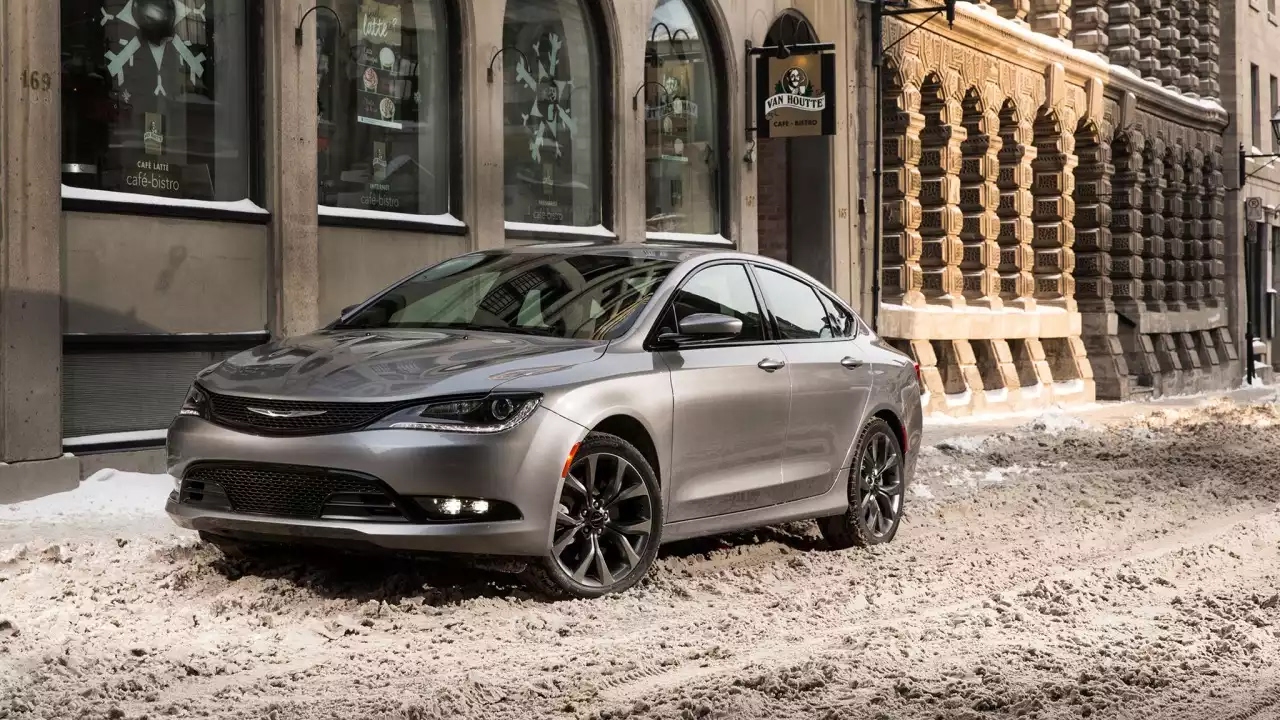
5. Chrysler 200 (2011–2017)
Rounding out the list is the Chrysler 200, another midsize sedan plagued by reliability concerns, particularly in the cooling department. Equipped with either the 2.4L World Engine or the 3.6L Pentastar V6, both versions struggle with heat management over time.
The cooling systems on these cars are underbuilt, relying on cheap parts that often fail right around the 80,000- to 100,000-mile mark. The thermostat housing, again made of plastic, is a frequent failure point.
The water pump is another weak link, especially on the V6 models, where replacement is labor-intensive and costly. Over time, these cars often suffer from overheating which leads to broader engine damage, especially if the warning signs are ignored or misdiagnosed.
What makes the Chrysler 200 particularly problematic is that its thermal failures often occur alongside transmission issues, compounding repair costs and reducing the vehicle’s lifespan. In the used market, the Chrysler 200 is typically priced lower for a reason: long-term reliability, especially about overheating, is a known concern.
Also Read: 10 Top-Rated Hatchbacks That Drivers Enjoy Driving
The performance of a car’s cooling system over a decade of use isn’t just a footnote in its mechanical record—it’s a critical reflection of how thoughtfully the vehicle was engineered.
The stark differences between the cars that stay cool and those that tend to overheat highlight broader truths about automotive design, manufacturer priorities, and long-term ownership experiences.
Thermal reliability, while often invisible at the time of purchase, becomes increasingly important as miles accumulate and components begin to age.
Manufacturers like Toyota, Honda, Lexus, Subaru, and Ford have demonstrated that when long-term dependability is a design priority, vehicles can remain thermally stable even after a decade of varied use.
These automakers often use better-quality materials, design their engines with sufficient cooling margins, and engineer systems that are easier to maintain.
They also avoid unnecessary complexity in their thermal systems, reducing the likelihood of component failure. This translates to fewer breakdowns, more predictable performance, and a significantly lower total cost of ownership.
The simplicity and efficiency of naturally aspirated engines, ample radiator capacity, robust water pumps, and intelligent fan controls all contribute to this success.
In contrast, vehicles from brands or models that struggle with overheating tend to share common traits: compact or cramped engine bays, cost-cutting on critical components, or an overreliance on fragile plastics and electronic water pumps.
Models like the Mini Cooper, BMW 3 Series, Dodge Journey, Chevy Cruze, and Chrysler 200 suffer not necessarily because they’re poorly made across the board, but because certain thermal system decisions sacrifice long-term durability for short-term savings or design flash.
These vehicles often look good on paper—or on a showroom floor—but their long-term ownership experience is marred by rising repair costs and frequent thermal-related failures.
For budget-conscious buyers or those looking at the used car market, understanding a vehicle’s thermal reliability can be the difference between a dependable ride and a costly mistake. Cooling system failure is not just an isolated problem—it can cause engine damage, leave you stranded, and significantly shorten a car’s lifespan.
Worse, many thermal issues do not arise immediately but creep in after 80,000 to 100,000 miles, which is right when many vehicles transition into second-hand ownership.
The solution for buyers is twofold. First, do your homework: research not just reliability ratings but forums, mechanic insights, and long-term ownership reviews. Look at how often cooling-related parts are replaced, and whether the system is known to fail under certain driving conditions.
Second, prioritize brands and models with proven track records for thermal endurance. It’s not always about luxury or performance—sometimes, the best car is the one that keeps its cool when others fall apart.
In today’s climate of rising repair costs and increasing vehicle longevity expectations, thermal reliability is no longer optional. It’s a vital, yet often hidden, factor that separates the cars people love to own from the ones they can’t wait to sell. So next time you’re shopping, remember: the coolest cars aren’t always the flashiest—they’re the ones still running smoothly long after the new-car smell has faded.

